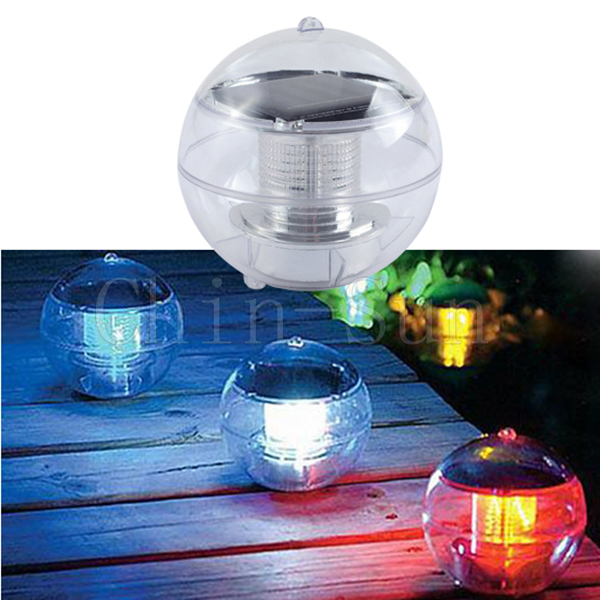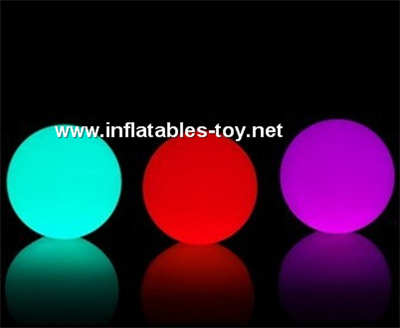

It doesn’t have to be below or near freezing in order to be able to see your breath. These also have very common explanations.įor ectoplasmic mists, it is usually exhaled breath, cigarette smoke, or water vapor. There are also things that are captured in pictures that are not orbs but look like ectoplasmic mists or vortices. The color that can be captured is only limited by the different colors fabrics at the location. The bottom line is the color of the orb doesn’t mean anything so please don’t assign meaning to something that is meaningless! Examples of various “orbs” of numerous colors. How many different colored fabrics exist today? If you have a piece of clothing, a carpet, a drape, or bedding that color you can capture an orb the very same color with ease. The reality is that you can capture an orb of any shade of the rainbow that is dust. White or yellow equals nice spirits who are looking out for us and black or red orbs indicate evil or negative spirits or even demons that want to do us harm. Some people will attribute the intention of a “spirit” based on the color of the orb captured.

The water content and intensity of the snow/wind when the picture is taken can affect how the snow “orb” could look. Example of snow captured with a still camera.

You have heard that there are no two snowflakes that are exactly the same right? Well think of how many different orb shapes snow could make. However, you can get very different shapes from snow depending on how much water is in each flake. Snow orbs are more similar to insect orbs because they appear brighter due to the greater density that most have. As can be seen, the reflected light looks like it is moving upward due to the shape of a falling rain drop. Several examples of pictures taken with flash of rain with a still camera. This makes it look like the orbs are moving upward. Rain drops have most of their mass in the bottom due to gravity and as such when the light from the flash enters the rain drop it leaves via the path of least resistance, which is straight out the top. This is due to the refractive properties of water. Notice how the rain orbs look like they are moving upward. Some are obviously insects, but others are much harder to tell. Cropped images of insects captured with a still camera. Insects are small and fast and easily missed, especially in the dark. Many times they are flying and thus a moving orb is created. These orbs are usually brighter due to the higher density of insects compared to dust. Some insect orbs are very evidently insects but others are harder to pick out. Examples of commonly captured dust particles but called “orbs”. Some have been borrowed from other websites as well. Below are examples of different types of orbs that were created by doing simple experiments to recreate what many people are capturing and calling orbs. When the flash from a camera catches these particles just right, the light reflects back out of focus and creates the ball of light that we see.
#Ball of light floating skin#
Things like dead skin cells, animal dander, and textile particles are suspended in the air. There are microscopic things floating in the air all the time, we just can’t see them. The truth of the matter is, 99.9% of all orb pictures can be explained as dust, insects, mold spores, or pollen. For more about orbs and how they work, check out PIM’s YouTube Channel with Paranormal 101: Orbs Explained


 0 kommentar(er)
0 kommentar(er)
